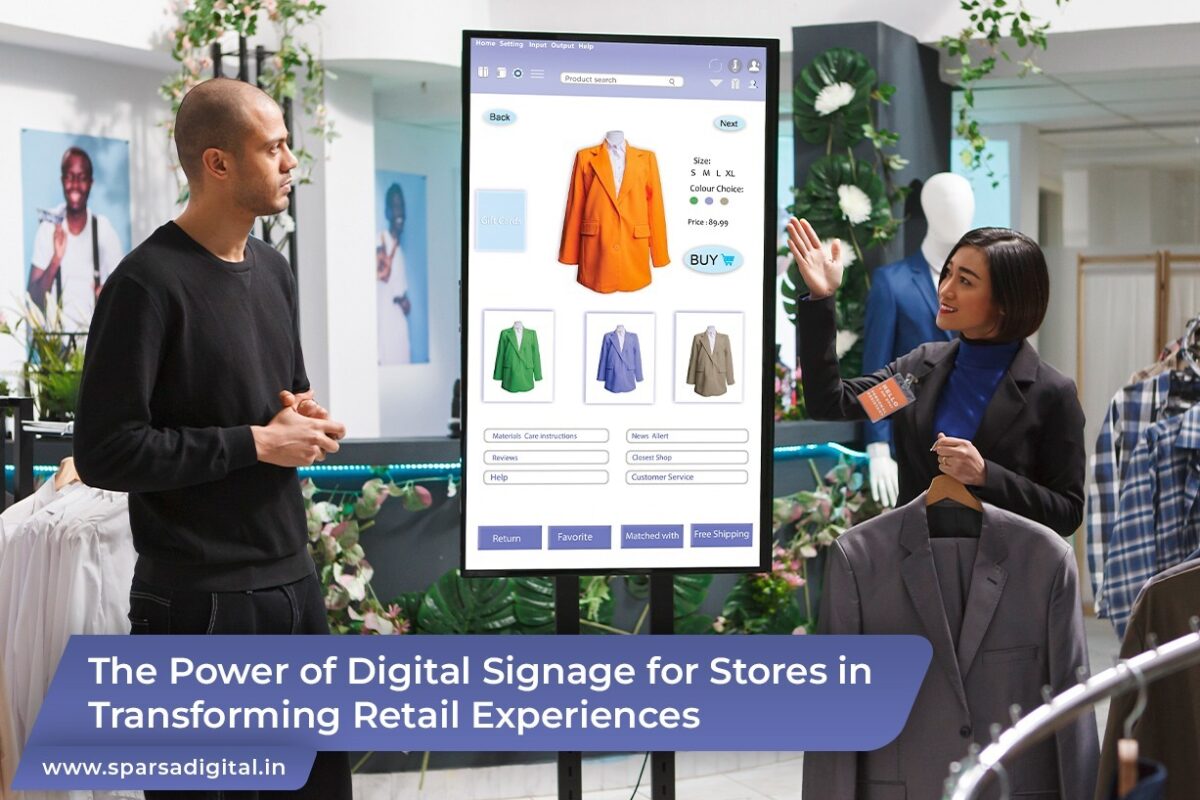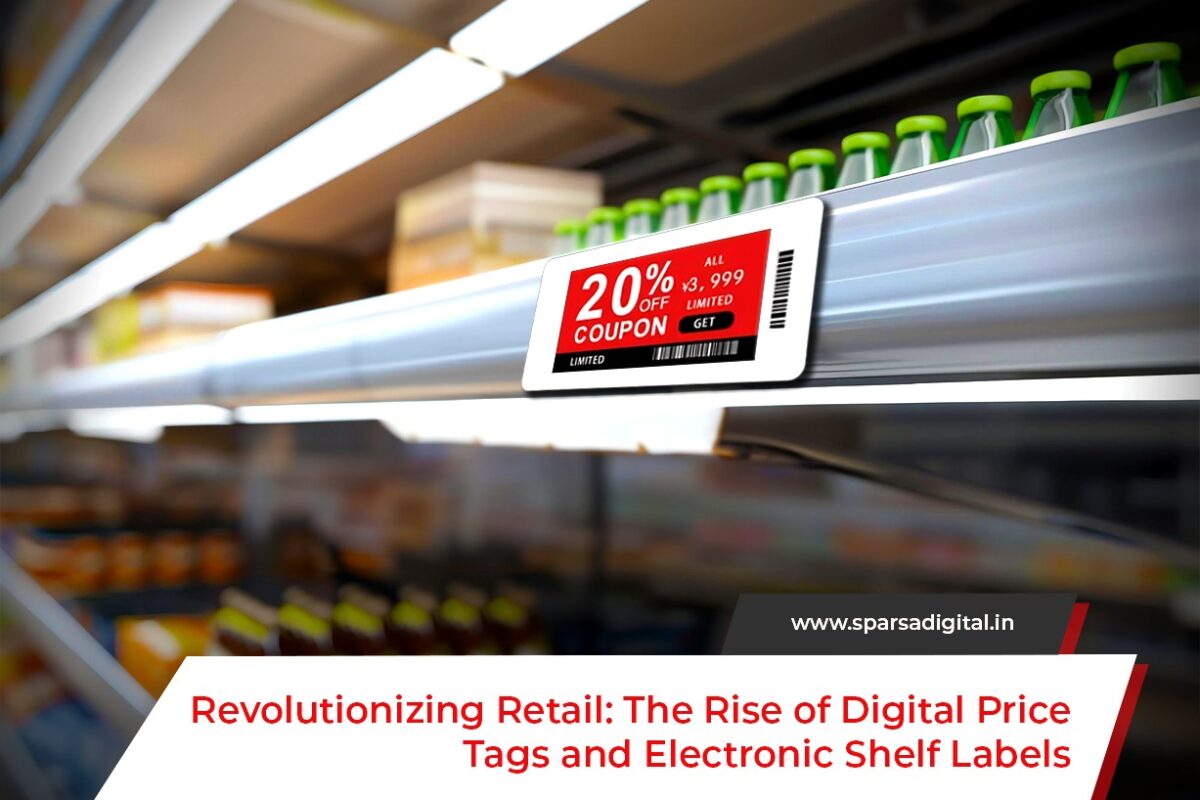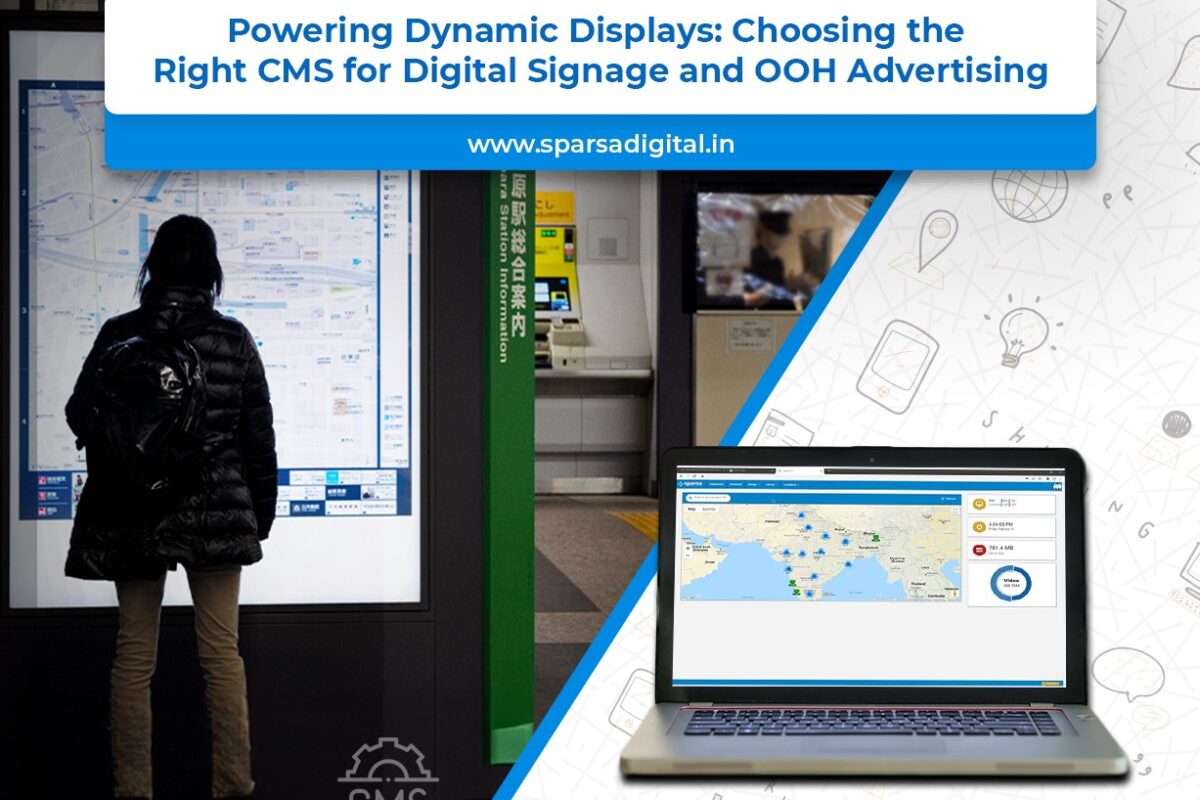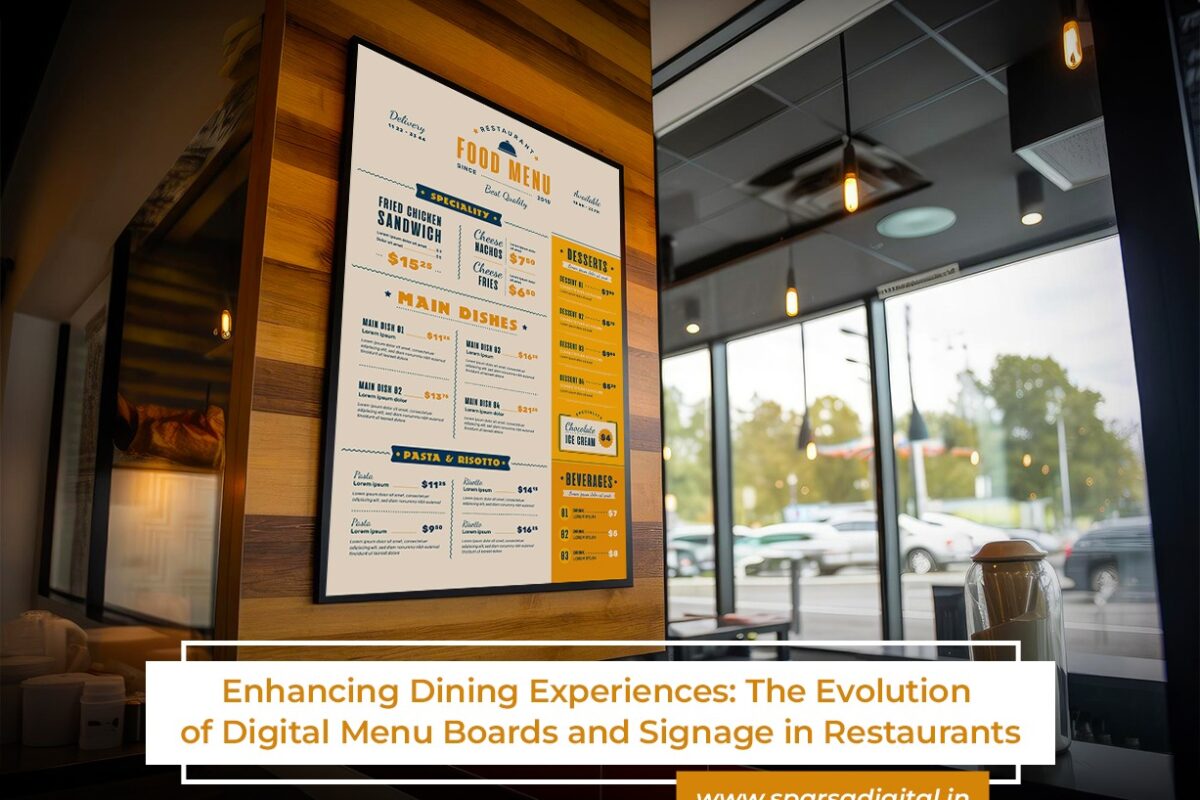In the bustling world of retail, capturing the attention of customers and driving sales requires more than just quality products and competitive pricing. It demands engaging and dynamic communication that resonates with today’s digitally savvy consumers. This is where digital signage for stores and advertising comes into play, offering a versatile platform to deliver compelling messages, showcase products, and create immersive brand experiences.
Walk into any modern retail store, and you’re likely to be greeted by vibrant digital displays adorning the walls, endcaps, and checkout counters. These digital signage solutions have become integral to the retail experience, transforming static environments into dynamic hubs of information and engagement. From showcasing promotions and product features to entertaining and educating customers, digital signage plays a pivotal role in shaping the way retailers communicate with their audience.
The Rise of Digital Signage for Stores
The adoption of digital signage in retail stores has grown exponentially in recent years, driven by advancements in display technology, content management systems, and interactive features.
Digital signage for stores encompasses a wide range of applications, including:
Product Promotion and Advertising:
Digital displays enable retailers to promote products, highlight promotions, and showcase brand messaging with eye-catching visuals and multimedia content. Whether it’s a new product launch, seasonal campaign, or limited-time offer, digital signage provides a dynamic canvas to capture the attention of shoppers and drive sales.
In-Store Navigation and Wayfinding:
Large retail stores can leverage digital signage to help customers navigate the aisles, find products, and locate specific departments or services. Interactive wayfinding displays provide real-time directions, product recommendations, and promotional offers based on customer preferences and shopping behavior.
Enhanced Customer Experience:
Digital signage enhances the overall shopping experience by providing relevant information, entertainment, and assistance to customers throughout their journey. From product demonstrations and tutorials to interactive kiosks and self-service options, digital displays cater to the diverse needs and preferences of shoppers.
Queue Management and Wait-Time Reduction:
Digital signage solutions can streamline the checkout process and reduce perceived wait times by providing entertainment, product recommendations, and promotional offers to customers waiting in line. Interactive displays allow customers to browse additional products or complete transactions directly from the queue, enhancing convenience and satisfaction.
Benefits of Digital Signage for Stores and Advertising
The adoption of digital signage in retail stores and advertising offers numerous benefits for both retailers and consumers:
Increased Sales and Revenue:
Digital signage drives impulse purchases and upselling opportunities by showcasing promotions, highlighting product features, and providing personalized recommendations to customers. By capturing attention and influencing purchase decisions at the point of sale, digital displays contribute to increased sales and revenue for retailers.
Improved Brand Awareness and Engagement:
Digital signage amplifies brand messaging and creates memorable brand experiences that resonate with customers. Interactive features such as quizzes, games, and social media integrations encourage engagement and interaction, fostering a deeper connection between consumers and brands.
Enhanced Customer Satisfaction:
Digital signage enhances the overall shopping experience by providing relevant information, entertainment, and assistance to customers throughout their journey. From product demonstrations and tutorials to interactive kiosks and self-service options, digital displays cater to the diverse needs and preferences of shoppers.
Operational Efficiency and Cost Savings:
Digital signage streamlines retail operations and reduces overhead costs associated with traditional advertising and marketing methods. By eliminating the need for printed materials, such as posters, banners, and brochures, retailers can save on printing, distribution, and disposal expenses, while also reducing environmental impact.
Best Practices for Implementing Digital Signage for Stores
Successful implementation of digital signage in retail stores requires careful planning, execution, and ongoing management. Here are some best practices to consider:
Define Objectives and Audience:
Clearly define the objectives of your digital signage initiative, whether it’s to drive sales, enhance brand awareness, or improve customer engagement. Identify your target audience and tailor content and messaging to their preferences, demographics, and shopping behavior.
Choose the Right Hardware and Software:
Select digital signage hardware and software solutions that meet the specific needs and requirements of your retail environment. Consider factors such as display quality, size, resolution, connectivity options, content management features, and scalability.
Create Compelling Content:
Invest in high-quality content creation that is visually appealing, relevant, and engaging to your target audience. Leverage a mix of multimedia elements, including videos, graphics, animations, and dynamic data feeds, to capture attention and convey messages effectively.
Strategically Position Displays:
Strategically position digital signage displays in high-traffic areas where they are likely to capture the attention of shoppers. Consider factors such as viewing angles, lighting conditions, and foot traffic patterns to ensure optimal visibility and impact.
Conclusion
Digital signage for stores and advertising represents a powerful tool for retailers to engage customers, drive sales, and create memorable brand experiences in today’s competitive retail landscape. By leveraging dynamic content, interactive features, and personalized messaging, retailers can captivate the attention of shoppers and influence purchase decisions at the point of sale.
While the adoption of digital signage presents implementation challenges, the benefits in terms of increased sales, improved brand awareness, and enhanced customer satisfaction far outweigh the initial investment. As technology continues to evolve, the future of digital signage holds tremendous potential for innovation and transformation, enabling retailers to create more immersive, personalized, and seamless shopping experiences for their customers. By embracing these emerging trends and best practices, retailers can stay ahead of the curve and unlock the full potential of digital signage in their stores and advertising campaigns.





